Europe's Farmer Protests Are A Warning America Can't Ignore
Authored by Mollie Engelhart via The Epoch Times,
I want to be very clear.
Yes, I am a regenerative farmer.
Yes, I farm without chemicals.
Yes, I speak publicly—on podcasts, from stages, and in print—about better ways to grow food.
But I never villainize farmers. Not conventional farmers. Not farmers locked into systems they did not design. Not farmers working with razor-thin margins, massive equipment debt, weather risk, and policy pressure stacked against them.
No one wants to be the generation that loses the farm.
And yet that is exactly what is unfolding across Europe right now...and quietly, steadily, in the United States as well.

Over the past two years, farmers across Europe have mobilized at a scale that should dominate headlines. Instead, it has been treated as background noise.
In the Netherlands, farmers have protested nitrogen rules that would force mass farm closures—even among low-input and regenerative operations. In France, farmers have blocked highways and surrounded Paris with tractors, protesting fuel taxes, land-use restrictions, and impossible compliance burdens. In Germany, tens of thousands of farmers drove tractors into Berlin over the removal of diesel tax exemptions that many farms rely on to survive. In Belgium, farmers dumped produce and manure outside EU buildings in Brussels. In Poland, Romania, and Hungary, farmers have protested cheap imports and regulations that apply to domestic producers but not foreign competitors.
These are not isolated events. They are sustained, multinational protests by people who feed entire continents.
And yet the coverage is minimal, fleeting, or framed as an inconvenient disruption rather than an existential warning.
European farmers are not protesting environmental responsibility. Many already practice conservation, reduced inputs, rotational grazing, cover cropping, and soil-building methods.
What they are rejecting is regulation divorced from reality.
Under policies driven by the European Union and initiatives like the European Green Deal, farmers face rules that impose arbitrary nitrogen caps per acre, treat synthetic nitrogen and organic nitrogen as if they are identical, require land to be taken out of production regardless of local context, and demand extensive reporting and compliance that small and mid-size farms cannot absorb.
This is no longer about practices. There are fully regenerative farmers—no chemicals, integrated livestock, biologically active soils—who are still being regulated to death.
Biology cannot be legislated by spreadsheet.
Cows on grass are not the same as animals in confinement. Cover-cropped fields with livestock integration are not the same as continuous monocropping. Rainfall, soil type, slope, climate, and ecosystem function matter.
Yet modern regulation ignores all of this.
Instead, it relies on modeling, averages, AI projections, and “eco-science” disconnected from outcome-based measurement. These rules are written far from the fields, enforced uniformly across radically different landscapes, and paid for by farmers who were never invited to the table.
If governments want fewer chemicals in the food system, the solution is straightforward: ban the chemical. Then step back and let farmers adapt and innovate.
What does not work is regulating farmers themselves with arbitrary input limits that punish nuance and reward consolidation.
When farming becomes unworkable, land changes hands.
Small and mid-size farms fold first. Family land is sold. Consolidation accelerates. Institutional capital moves in. Farmers become tenants—or disappear entirely.
European farmers understand this. That is why they are angry. They are not fighting for comfort. They are fighting for their land, their livelihoods, and their way of life.
They want to be left alone to grow food.
What Europe is experiencing is not a foreign anomaly. It is a preview.
In the United States, the regulatory burden on farmers and food entrepreneurs is already staggering. Joel Salatin titled his book “Everything I Want to Do Is Illegal” because for many farmers, that is not hyperbole—it is daily life.
Every permit, inspection, compliance mandate, and fine functions as a form of taxation without representation.
No founding generation imagined a country where every carcass must be stamped by a federal inspector, where farmers are criminalized for selling food directly to their communities, or where innovation outside industrial models is functionally illegal.
And yet here we are.
If all this interference produced extraordinary health outcomes, perhaps the argument could be made that it was worth it.
But Americans are sicker than ever.
More than 40 percent of adults are obese. Nearly half of adults have prediabetes or type 2 diabetes. Metabolic dysfunction is now normal.
This is not happening despite regulation. It is happening alongside it.
So why, after decades of food and farm regulation, are health outcomes collapsing?
Because regulation does not target the true problem. It protects corporate interests.
Farmers do not have powerful lobbies. Chemical companies do. Seed conglomerates do. Large processors do.
Regulation often preserves harmful substances in the food system while making it illegal for farmers to operate outside centralized, industrial pipelines.
After the Food Safety Modernization Act under President Barack Obama, many farmers were suddenly unable to sell directly to grocery stores.
Food had to travel farther. Middlemen became mandatory. Small producers were pushed out.
The result was less fresh food, lower nutrient density, and greater distance between people and their food.
We may have reduced certain types of foodborne illness—but we did not create a healthier population.
Every layer of interference pulls us further from food, farmers, and biological truth.
European farmers are not extremists. They are early warning systems.
They are telling us that overregulation destroys resilience, undermines food security, and centralizes control of land and food.
They are telling us that stewardship cannot be mandated by spreadsheet.
And they are asking something profoundly reasonable.
Talk to us. Not at us.
Invite farmers to the table. Regulate at the chemical level if something is unsafe. Measure outcomes, not inputs. Reduce bureaucracy instead of expanding it.
Why are tractors filling European cities while the media barely notices?
Because acknowledging these protests would require admitting something uncomfortable: that governments are overreaching, that farmers are right, and that the systems sold as “for the public good” are failing both the public and the people who feed it.
What’s happening in Europe should concern every American.
Because once you regulate farmers out of existence, you don’t get them back.
And no society survives long after it breaks its relationship with the land—and the people who know how to work it.
Views expressed in this article are opinions of the author and do not necessarily reflect the views of The Epoch Times or ZeroHedge.
Tyler Durden
Sat, 12/27/2025 - 21:00

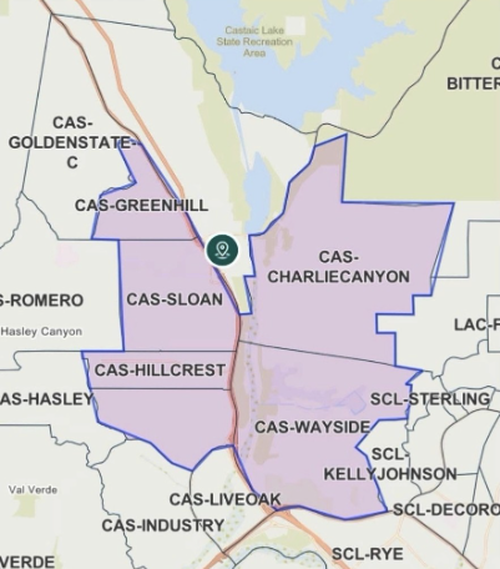
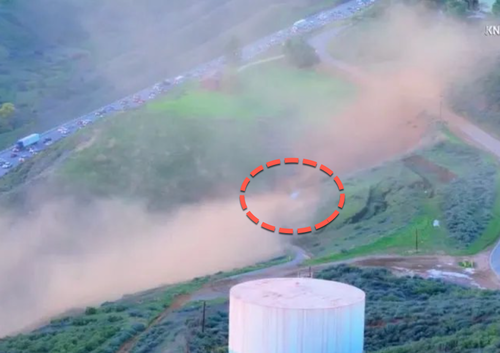

 Anadolu/Getty Images
Anadolu/Getty Images


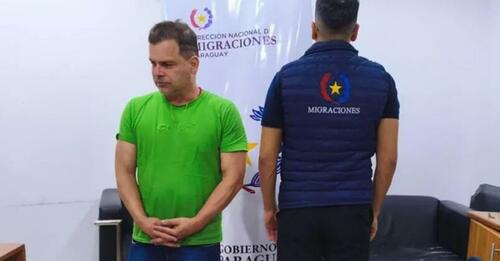 Paraguay border police image after Silvinei Vasques caught in country illegally.
Paraguay border police image after Silvinei Vasques caught in country illegally. 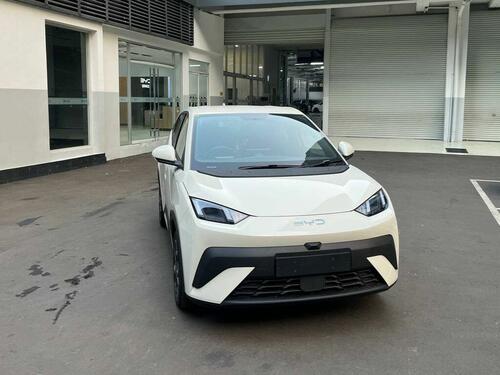

 Most Americans who previously heard of Palau probably did so when it was the setting of Season 10 of the reality-competition show "Survivor"
Most Americans who previously heard of Palau probably did so when it was the setting of Season 10 of the reality-competition show "Survivor" Israeli President Isaac Herzog with Palau's then-UN Ambassador Ilana Seid. Palau is routinely among a tiny group of states that join the US in voting against anti-Israel resolutions
Israeli President Isaac Herzog with Palau's then-UN Ambassador Ilana Seid. Palau is routinely among a tiny group of states that join the US in voting against anti-Israel resolutions Increasing numbers of wealthy Chinese couples are hiring the services of American surrogate mothers to give birth to their babies to circumvent China's one child policy. In the photo, hundreds of Chinese babies accompanied by their parents prepare to take part in a baby swimming contest. STR/Getty Images
Increasing numbers of wealthy Chinese couples are hiring the services of American surrogate mothers to give birth to their babies to circumvent China's one child policy. In the photo, hundreds of Chinese babies accompanied by their parents prepare to take part in a baby swimming contest. STR/Getty Images New FDNY Captain (center) via FDNY
New FDNY Captain (center) via FDNY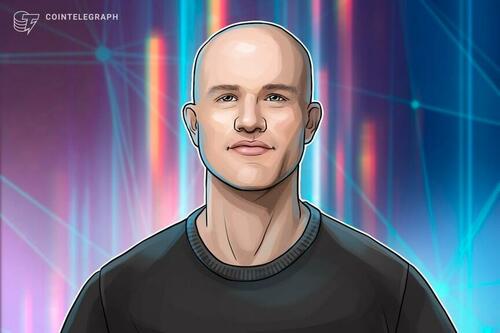
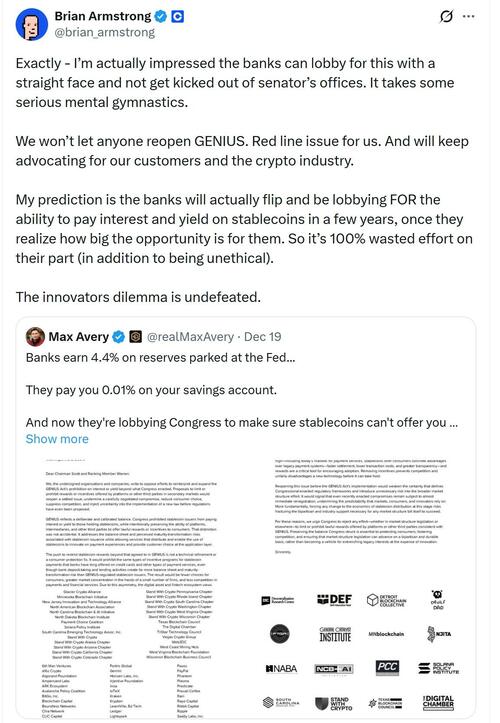
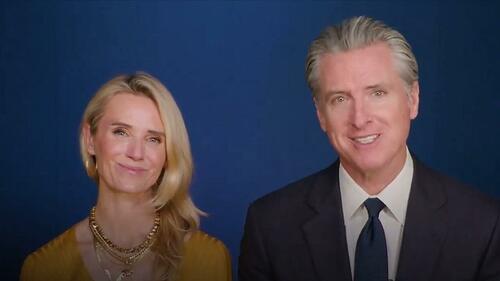





Recent comments